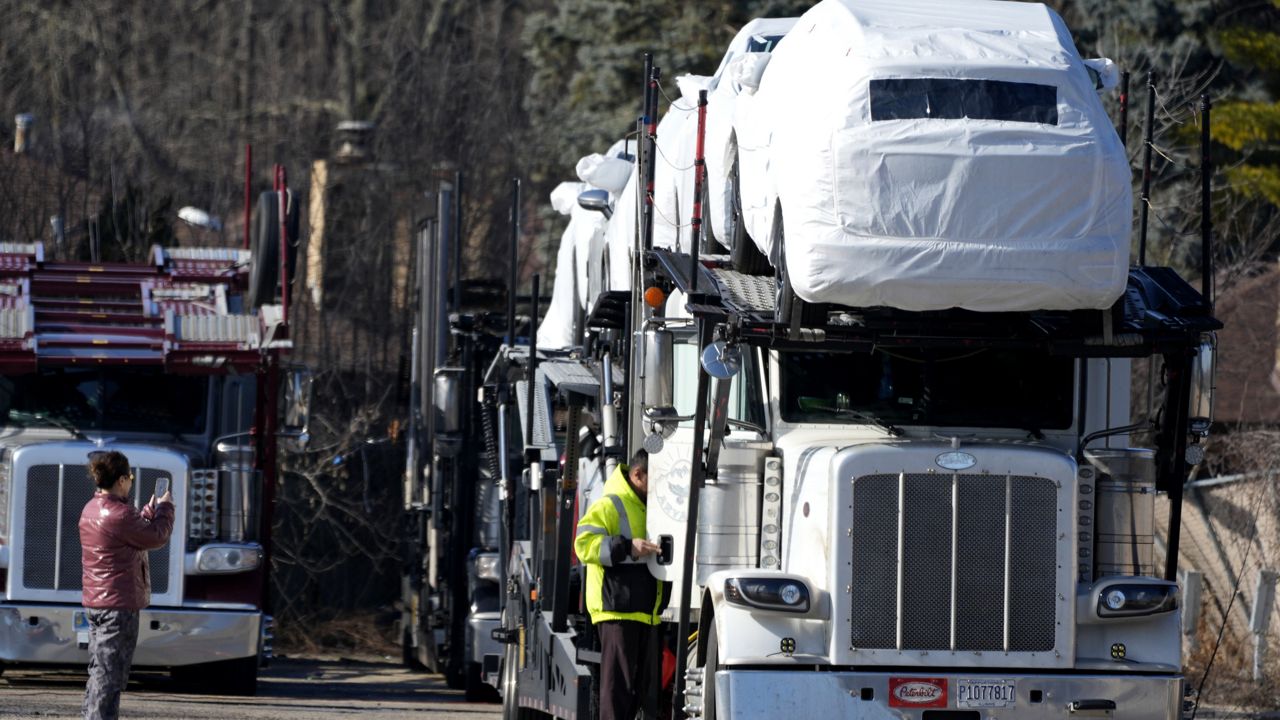As zero-emission trucks begin to roll out across the country, the federal government is laying the groundwork for a future where most freight is moved with electric vehicles instead of those that run on diesel.
This week, the U.S. Joint Office of Energy and Transportation introduced its national zero-emission freight corridor strategy to identify and electrify major cargo roadways throughout the U.S.
The strategy was co-developed by the Department of Energy, the Department of Transportation and the Environmental Protection Agency to create a road map for the deployment of trucks fueled with electricity and hydrogen. Just 3% of the nation’s 14 million medium- and heavy-duty freight trucks are currently electric, but those numbers are expected to increase to 50% by 2040, according to ACT Research.
The freight corridor strategy is intended to help utilities and regulators plan for future energy use and to improve air quality in communities that have been disproportionately affected by diesel emissions. According to the White House, 75% of the nation’s heavy truck traffic travels on 4% of the nation’s roads.
“For over a century, petroleum-fueled freight has transported vital food and resources to American families, but at the same time, these vehicles have also contributed to lower public health, especially in densely populated communities,” Energy Secretary Jennifer M. Granholm said in a statement.
The Biden administration has set a goal of 30% zero-emission medium- and heavy-duty vehicle sales by 2030 and 100% by 2040. The goal of the zero-emission freight corridor strategy is to provide “ubiquitous and convenient access to EV charging and hydrogen refueling along the nation’s freight corridors and intermodal freight facilities,” according to a statement from the Energy Department.
That strategy will begin to roll out this year in four phases, starting with the establishment of roadway hubs that will be prioritized based on freight volumes. Those freight corridors will begin to be connected in 2027, expanded in 2030 and operational as a national network that links regional corridors between 2035 and 2040.
“Medium- and heavy-duty trucks in our current freight network contribute approximately 23% of greenhouse gas emissions in the U.S. transportation sector,” Federal Highway Administrator Shailen Bhatt said in a statement.
This week, the FHA announced it had designated several key roadways as national EV freight corridors, including Interstate 5 running from California to Washington, Interstate 10 running from California to Texas and Interstate 95 from Florida to Maine, among others.



